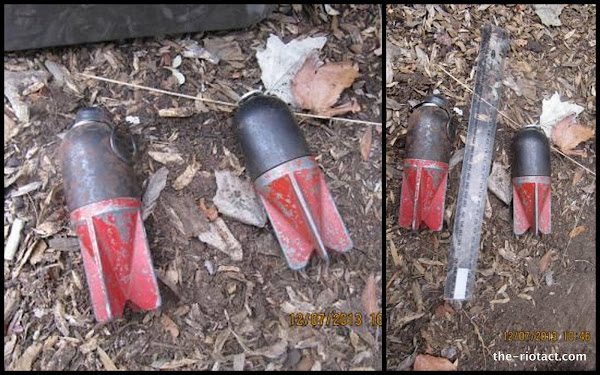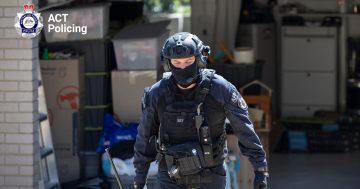
Woden Police had cause to summon the Bomb Response Team earlier today (Friday, July 12) after a man attended the station with two mortar shells.
The elderly man told police that the shells had been in his possession since 1975, and had been part of a collection of World War II “souvenirs” belonging to his late father, an ex-serviceman.
One of the shells still had the pin attached while the other one had a missing pin and was potentially “live”.
Station Sergeant Steve Hogarth closed off the station’s carpark to store the shells and contacted the Bomb Response Team.
“If you come across live ammunition, or if you are unsure of its status, we would urge you to contact ACT Policing,” said Sergeant Steve Hogarth.
“Transporting of live ammunition is dangerous and fortunately in this instance no one was harmed. We will attend your location, assess the situation and call out the appropriate response, as required.”
The shells are believed to be Italian mortars, many of these brought home by ‘The Rats’ of Tobruk.
If you have any old munitions, please contact ACT Policing on 131-444 to have them safely disposed of.














